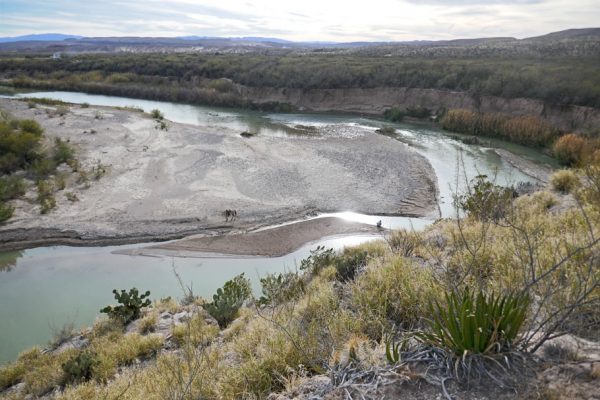
January 25 – February 1, 2020.
Here is a tale…
Illegal activity was being conducted in the middle of the Rio Grande south of Langtry, TX in 1896. A sand bar had been converted into a small arena and Ruby Robert Fitzsimmons and Peter Maher were sparring for Heavy Weight Champion of the World.
Prizefighting was a criminal offense in most of the US at that time and had just been outlawed in Texas when promoter Dan Stuart found himself with a contracted bout and nowhere to stage it. But then Judge Roy Bean, saloon owner, and self-proclaimed “Law West of the Pecos” came to his aid.
On the day of the fight attendees boarded trains in El Paso, Del Rio, and Eagle Pass that brought them to the dusty little town of Langtry where Bean served up drinks and practiced his law.
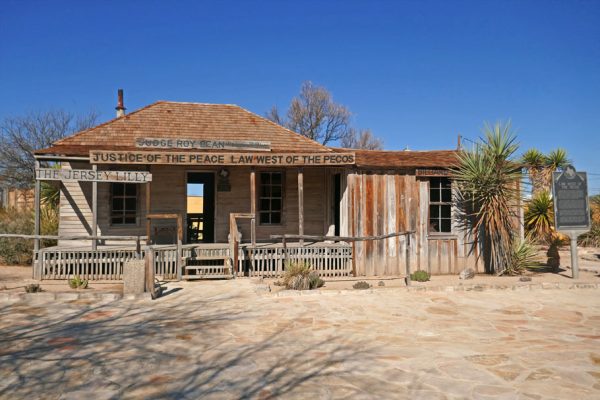
The spectators, after enjoying libations in the Judge’s bar, were led down to the river and across a newly erected footbridge to the infamous sandbar. There they found a temporary boxing ring of pine boards covered with resin-treated canvas surrounded by a 16-foot high canvas fence to prevent non-ticket holders from seeing the fight. But the barrier couldn’t block the view of the many spectators up above on the bluff, including Texas Rangers who felt the contest was out of their jurisdiction to stop. And unlike a previous attempt to stage the fight in Juarez, across the border from El Paso, Mexican authorities didn’t even show up.
The fight was over in 95 seconds with Fitzsimmons throwing the winning blow.
Disappointed, the attendees plodded back to Langtry ready to catch the train home. Except, Bean, always working on a way to make a few bucks, had bribed the conductor to delay the return trip by a few hours. With nothing else to do thirsty spectators wandered back into The Judge’s saloon, adding to Bean’s daily profit.
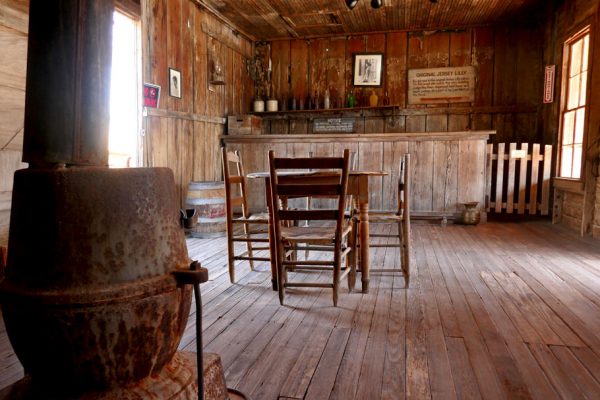
But long before there was a Mexico, a United States, or uncontested sandbars, stories were already being made on the Rio Grande by Indigenous People who wandered the river’s banks. They left some of those tales on cave walls, paintings of people, animals, and mysterious objects. We can only guess at what they were trying to communicate.
It may be hard to imagine people flocking to the border these days but in 1909, J.O. Langford and others did just that. While visiting Alpine, Texas Langford heard about the healing powers of hot mineral springs along the Rio Grande. Looking for relief from symptoms after contracting malaria as a child, he immediately purchased the land surrounding the springs and set out on a ten-day journey from Alpine to the Rio Grande with his wife and daughter. Here, in addition to the springs, he found petroglyphs left by long ago by Native Americans and “squatters,” Cleofas Natividad, of Mexican descent, along with his wife and ten children who had been farming the land for generations. Instead of evicting Natividad and his family he developed a cooperative relationship with them.
After 21 days of drinking and soaking in the 105-degree water, Langford’s gamble paid off. He felt strong and healthy. Eventually, the site would become the first major tourist attraction in the area when Langford developed the land into a health resort.
Another tale of friendship along the Rio Grande came about much more recently when Mexico and the United States completed the construction of the Amistad Dam in 1969. Spanning across the great river, the reservoir created by the dam provides water and flood control for both sides of the border. At the time it must have seemed like such a fitting name to call the dam and reservoir, “Amistad,” “Friendship” in English.
These are just some of the stories we absorbed on our trip to the borderlands along the Rio Grande in Texas.
Amistad National Recreation Area
We mostly came to Amistad to kill time before meeting up with a friend in Big Bend National Park. The visitor center was closed while we were there so I don’t have a lot of history about the place to relate and we didn’t have time to visit the dam (which, of course, would just have made this post longer.)
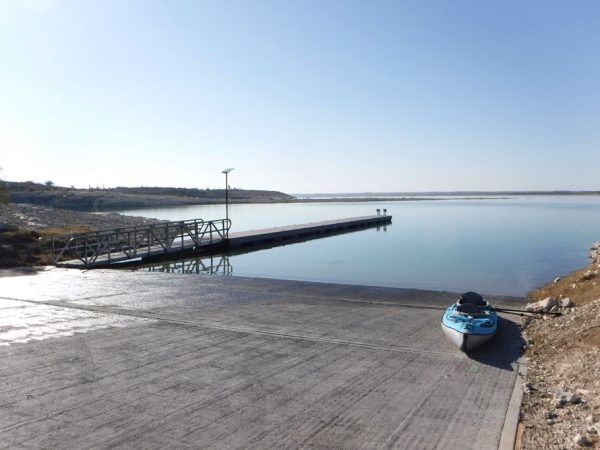
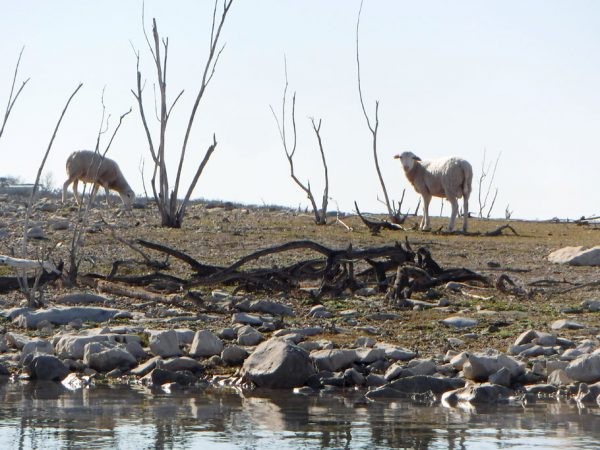
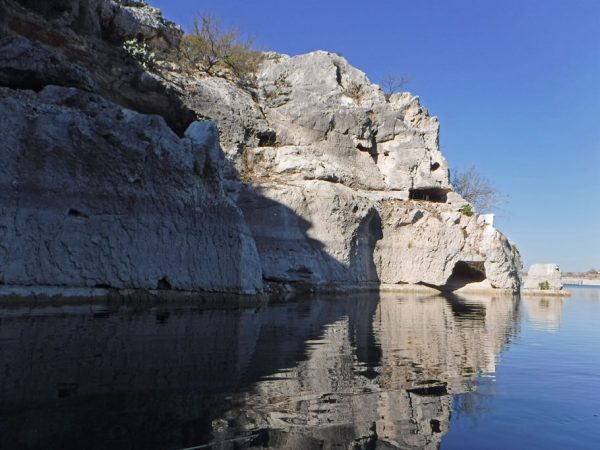
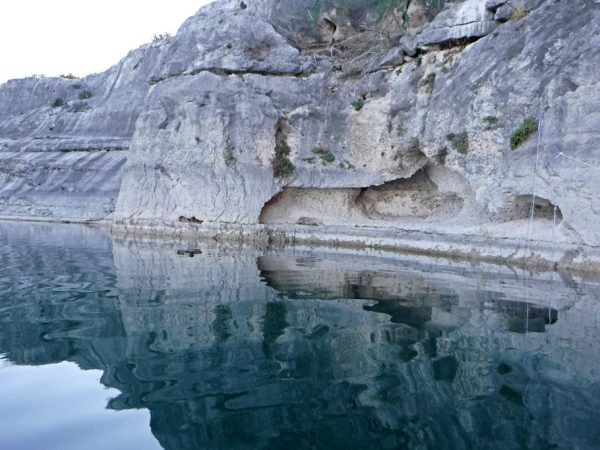
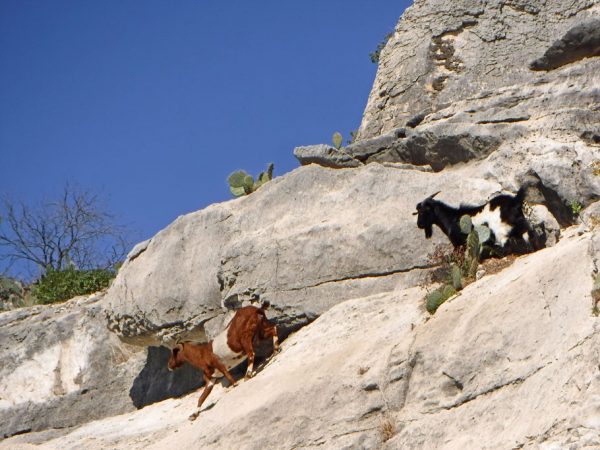
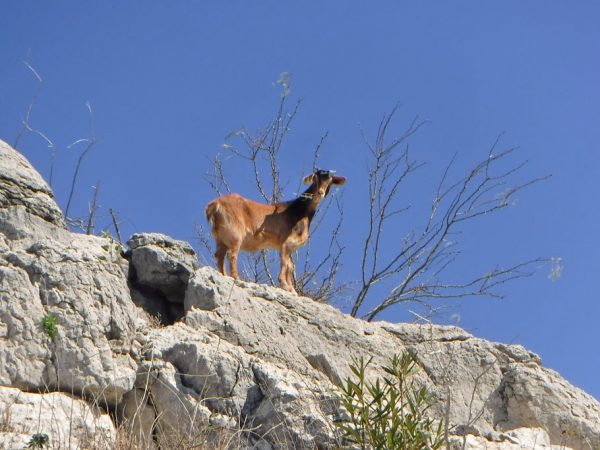
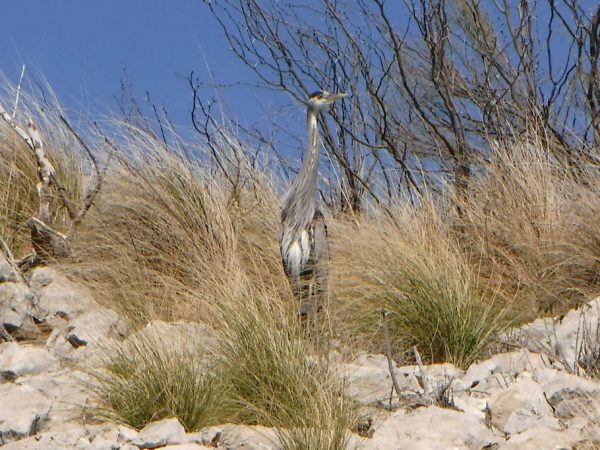
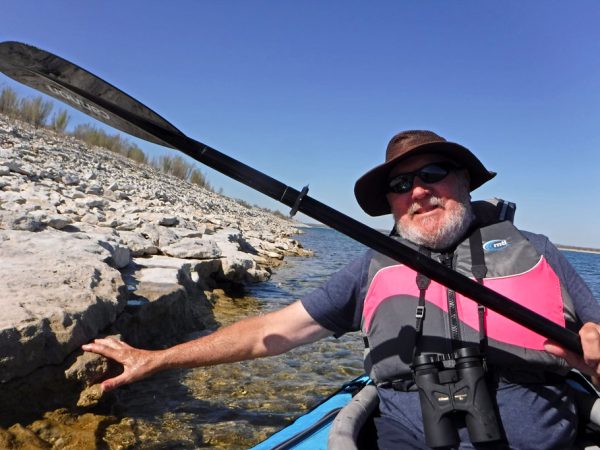
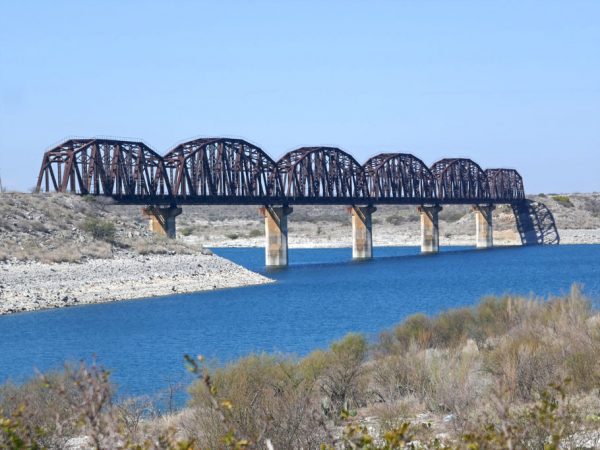
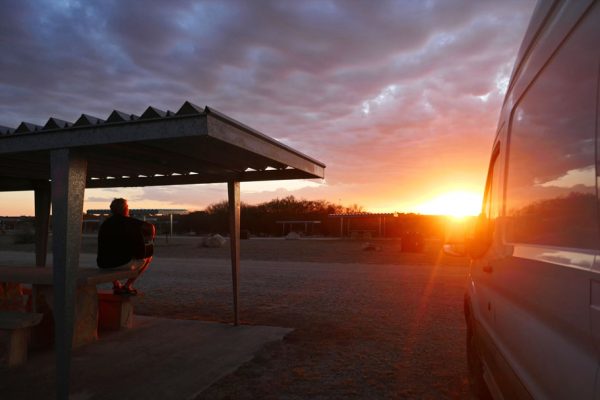
Seminole Canyon State Park & Historic Site
There are cave paintings along the Rio Grande in Amistad Recreation Area and I wanted to visit them. The problem was that they were boat in only and I didn’t think Pirogue Bleue (or more accurately, we) could make it. So we decided to opt for a tour at Seminole State Park instead.
Now, why do you imagine a Texas park would be named after a Native American tribe living in Florida? More about that in a later post.
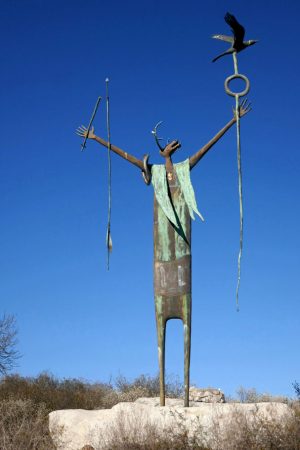
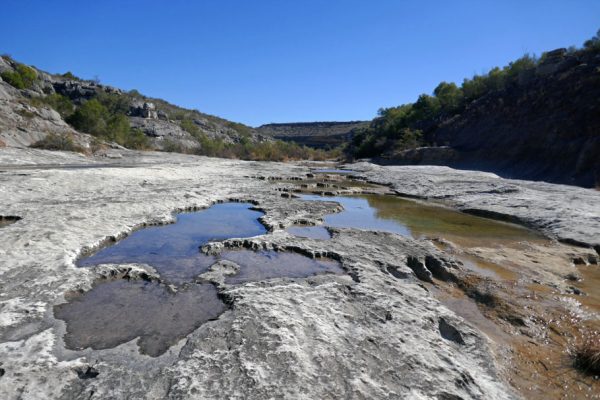
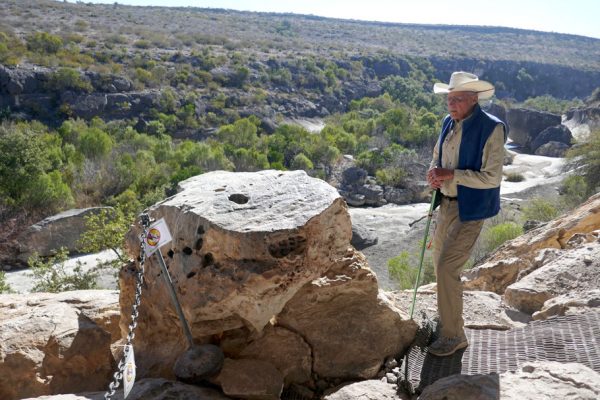
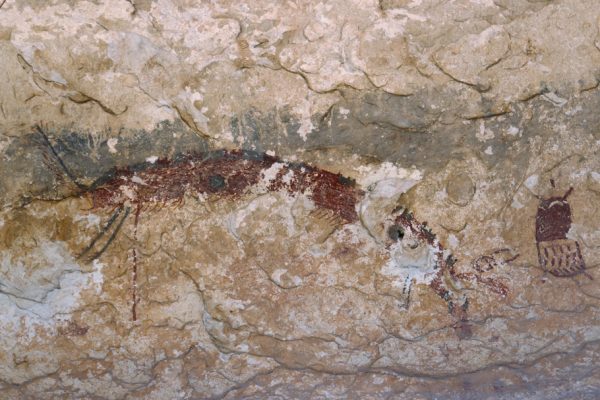
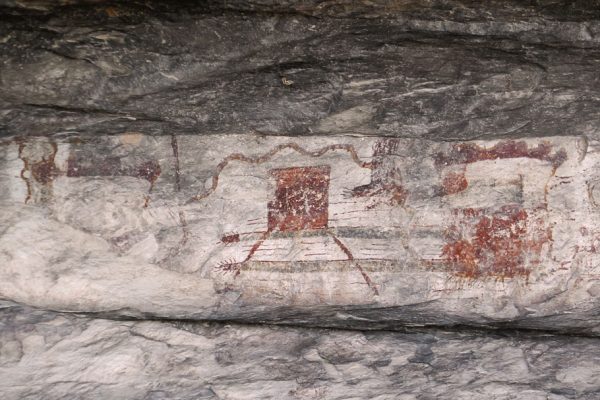
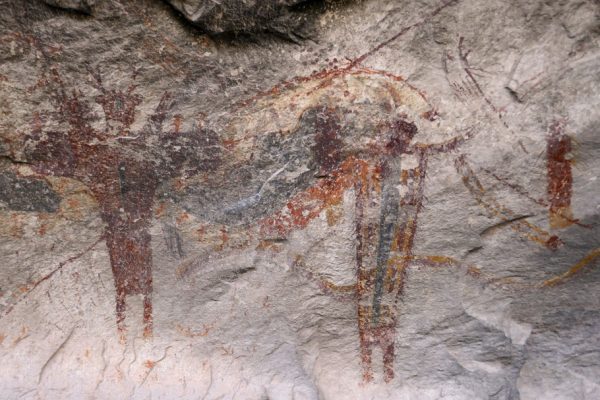
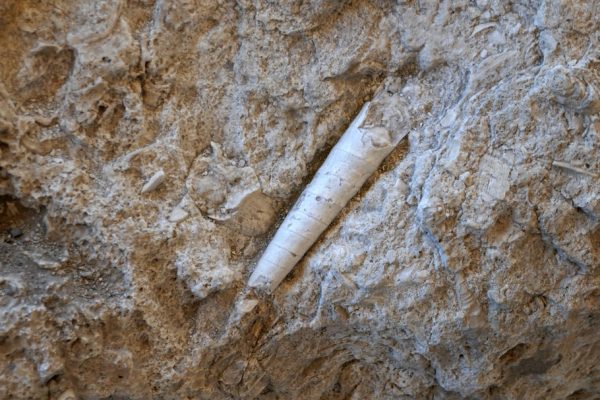
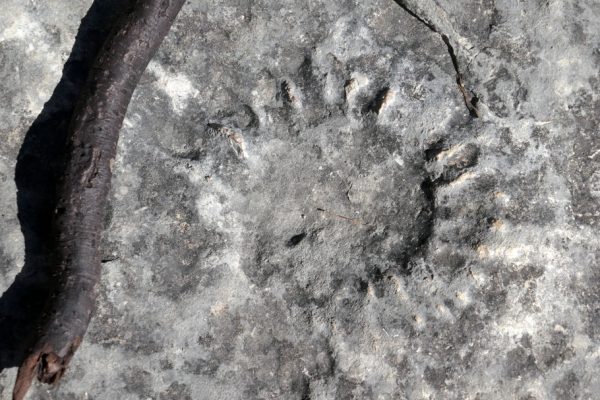
Big Bend National Park
We have been to Big Bend before. Check out our previous blog post here. But this time we were meeting a friend. We thought we’d do some backcountry camping – it was super cheap when we were there last time ($12 for 14 days) – but after the first of the year, the price was raised to $10 a day! This was a bit steep for something we generally do for free. Luckily, our friend Tina had reserved campsites and let us share with her.

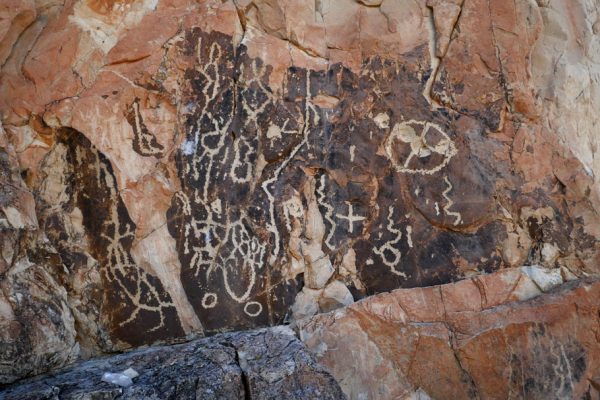
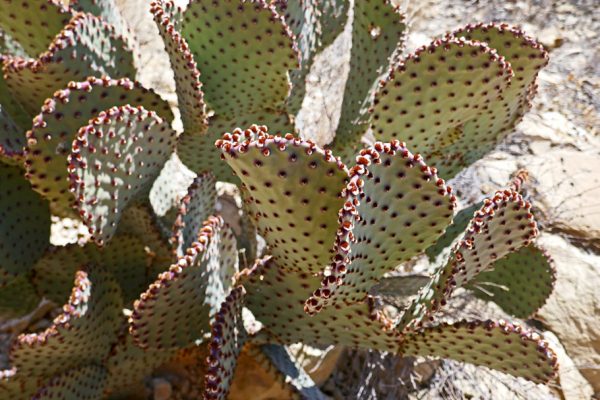
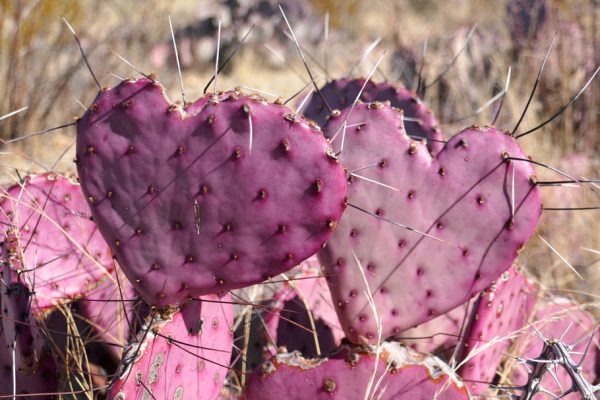
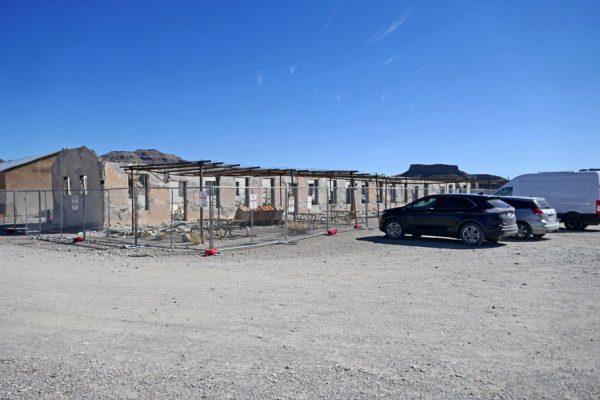
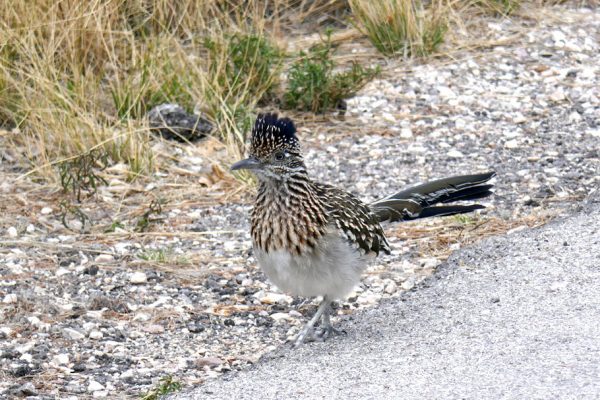
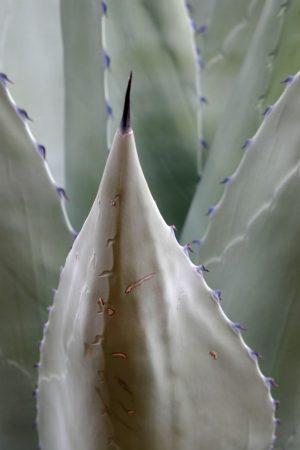
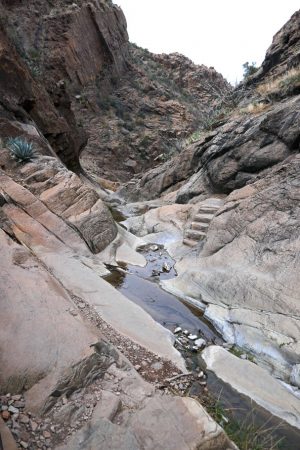
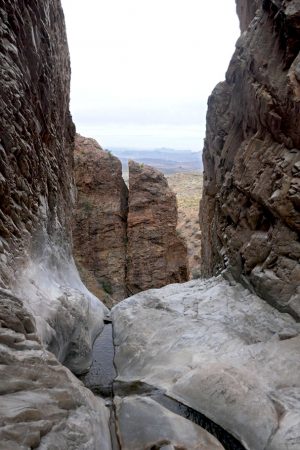
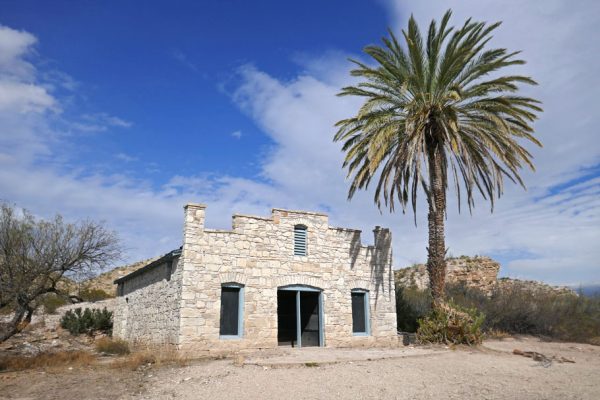
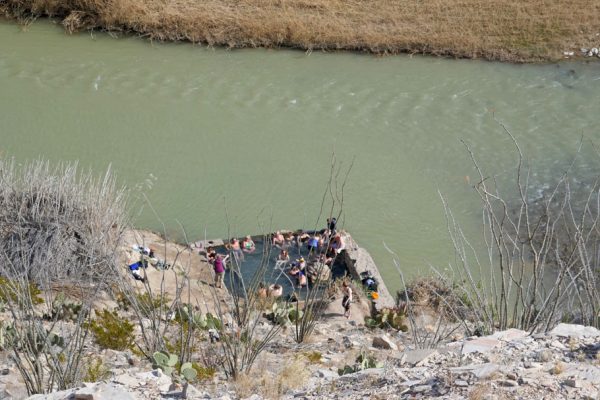
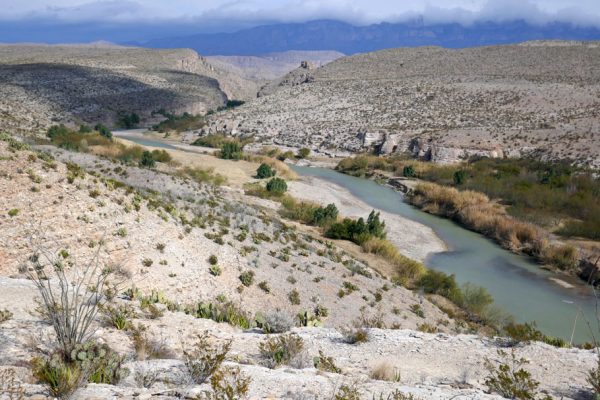
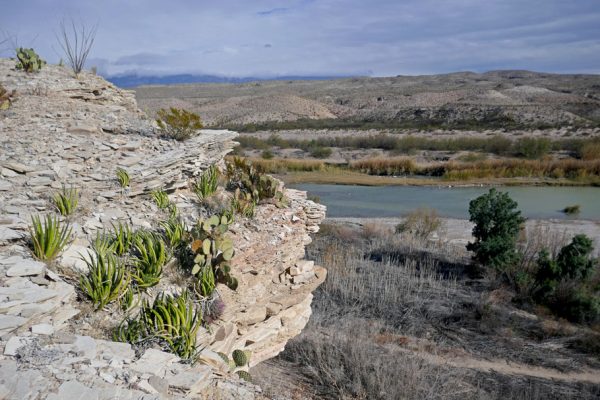
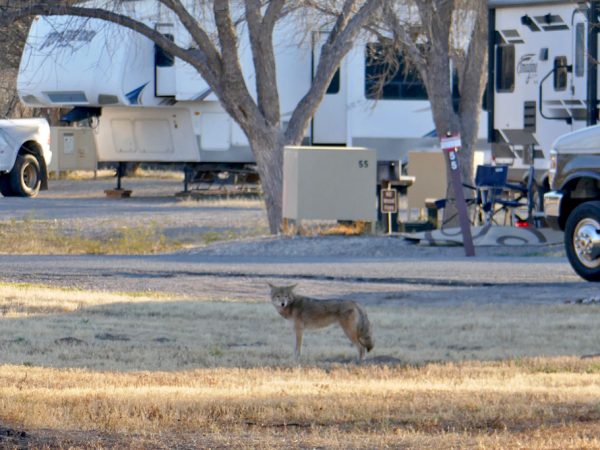
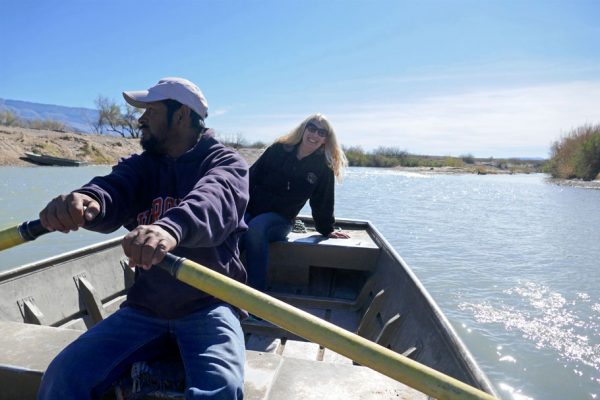
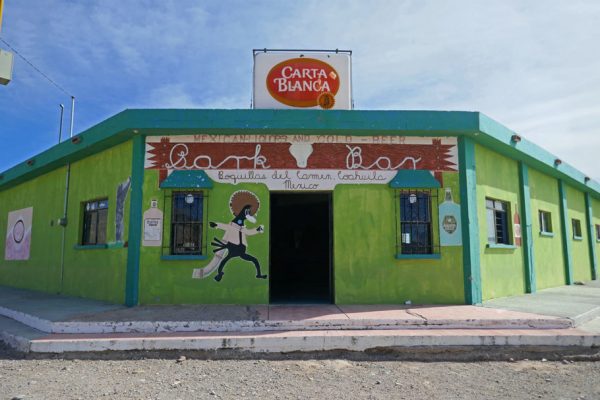
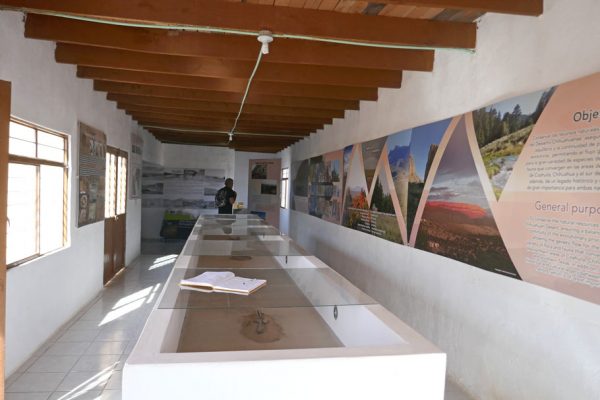
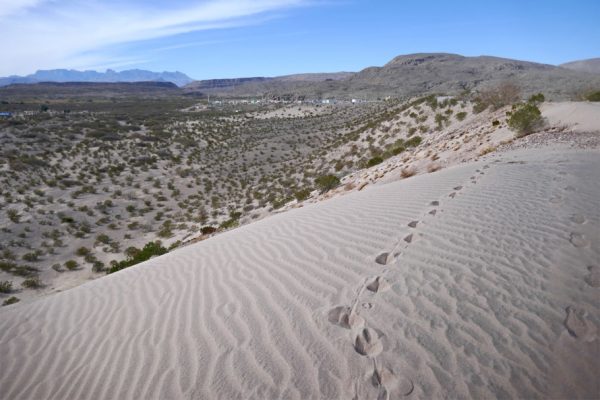
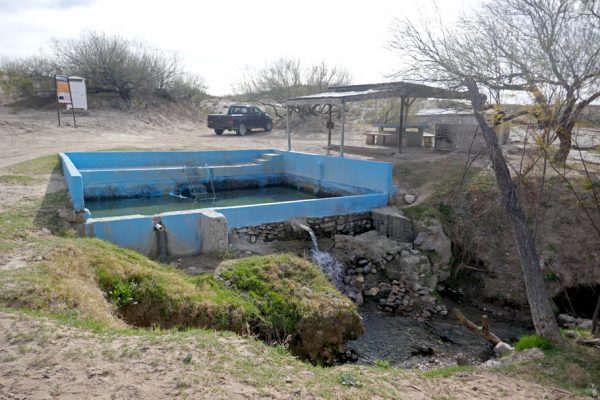
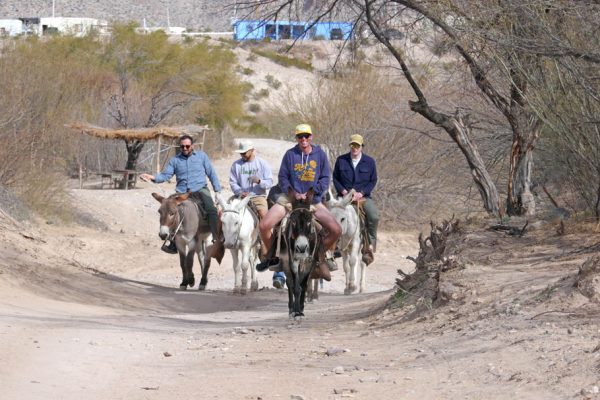

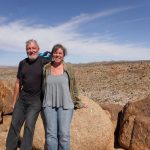


I need to go back through that area sometime.
I wish we had more time to spend there. Hope we can return some day too.
I overnighted at the “park” in Langtry. I tried to add my donation to the box, but it was stuffed full. I guess the income wasn’t high on anyone’s agenda.
Doesn’t sound like it but nice to know that people still saw enough value to keep stuffing money in the box.
Beautiful. I love your photos. Your post makes me want to go and sad I didn’t while I was “nearby”. Thanks for sharing.
Thanks Lisa! I always think when I pass something up, oh there will be another time – and even if there isn’t there are so many other amazing things out there to discover.
Hi Duwan!
You had me smile throughout this post, remembering our time in Big Bend, how you always find the most interesting and fascinating places and stories, and how you already touched Mexican “land” (or rock) this year.
So nice you met up with a friend as well. How long did you manage to spend in Big Bend this time? I think if we ever commit to another winter in the US (while in a camper) we should check out southern Texas next. Such a beautiful area – especially the desert and the reservoir.
So glad I made you smile! We were in Big Bend for about 5 days. It was a lot of fun hanging with a friend! Especially being able to show her some of the things we did previously. I love being a tour guide.
I’d love to go back to southern Texas – there was so much we missed – but you can’t do it all.
Wow! What amazing scenery. And you saw so many goats! I would never get tired of seeing pictures of Herons. I had no idea prize fighting was ever illegal. That is so interesting.
Thanks, Amy! The goats were a nice surprise. Glad you liked the Heron too! Yeah, you would think that there wasn’t much that was illegal back in the “wild west” days – but I’m sure the legality of it made it even more exciting.